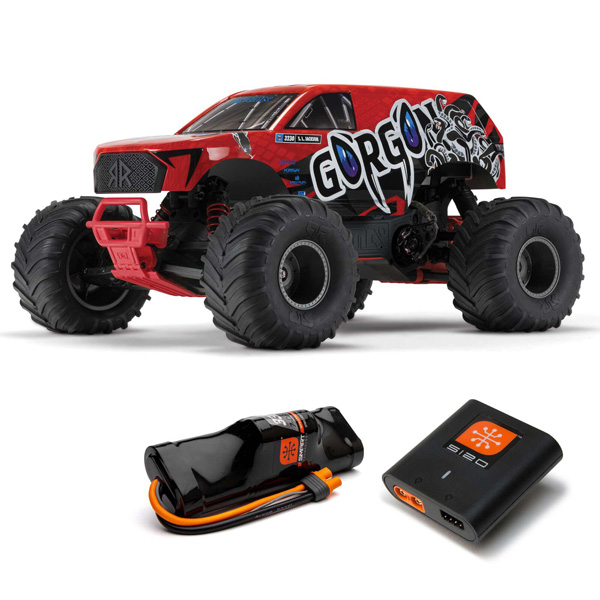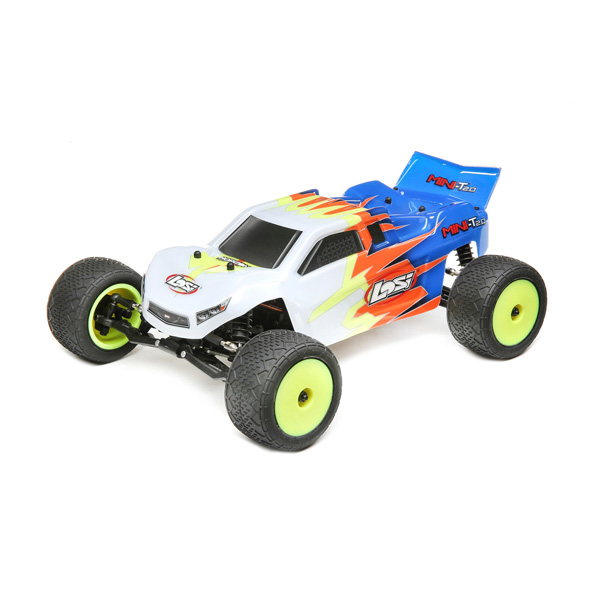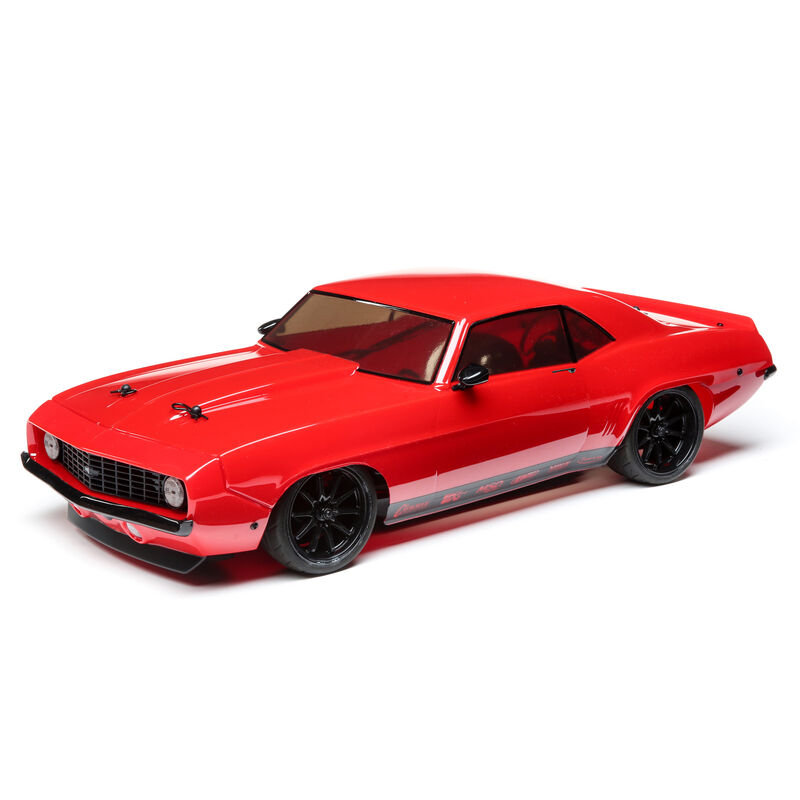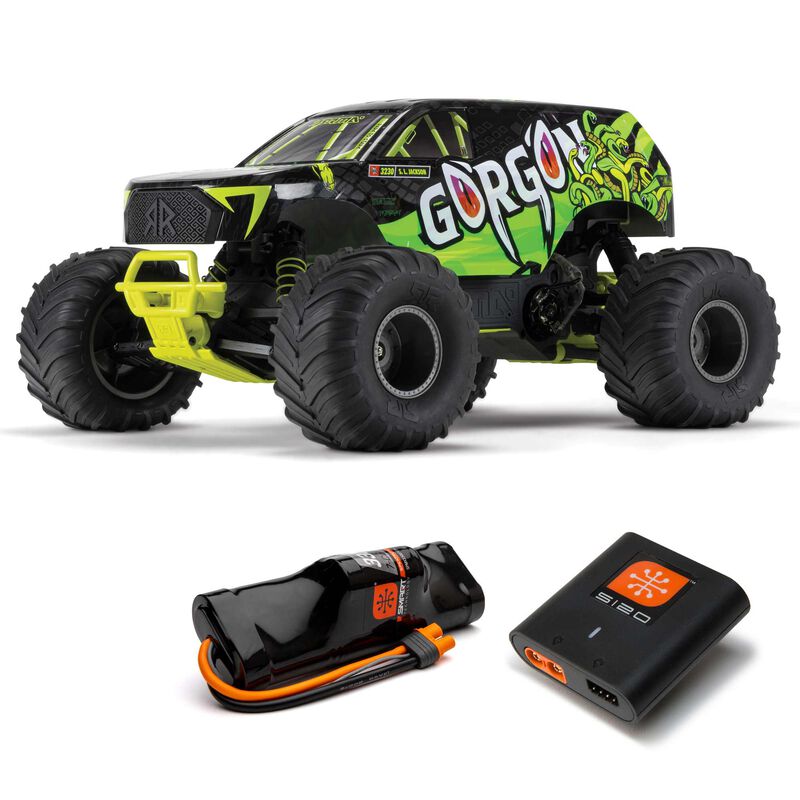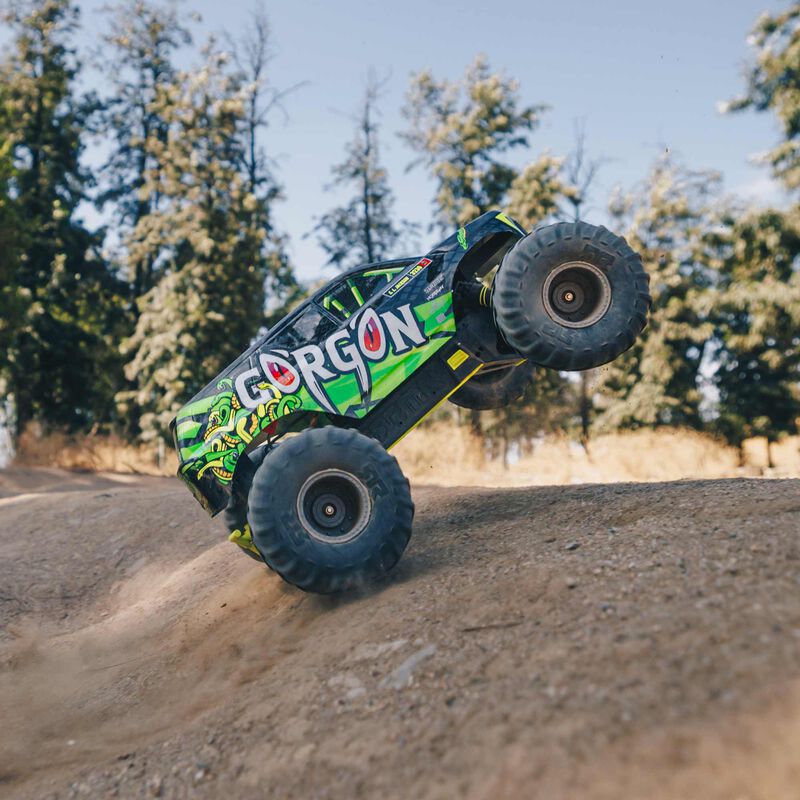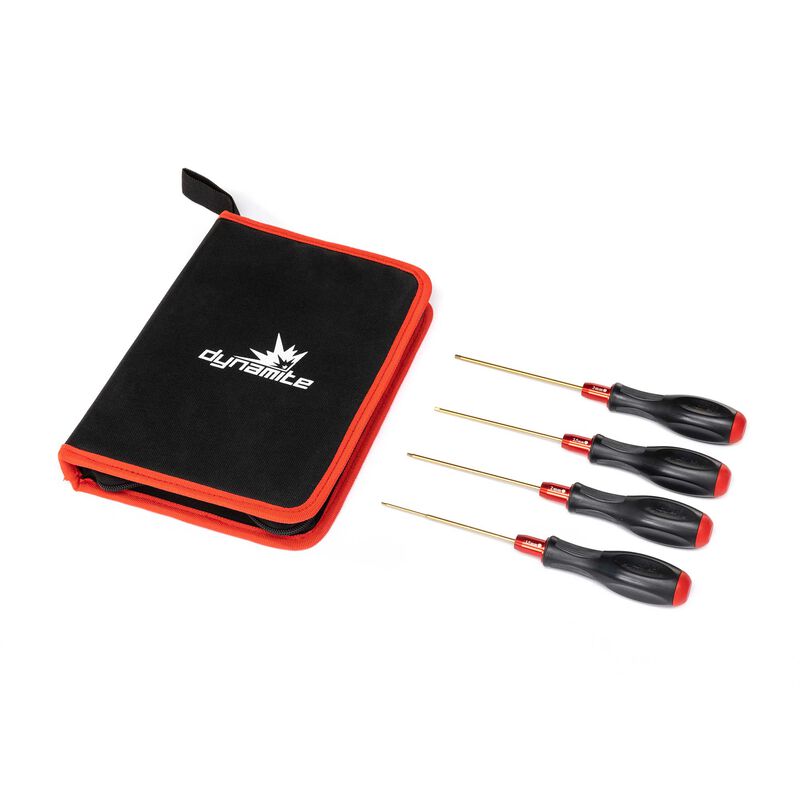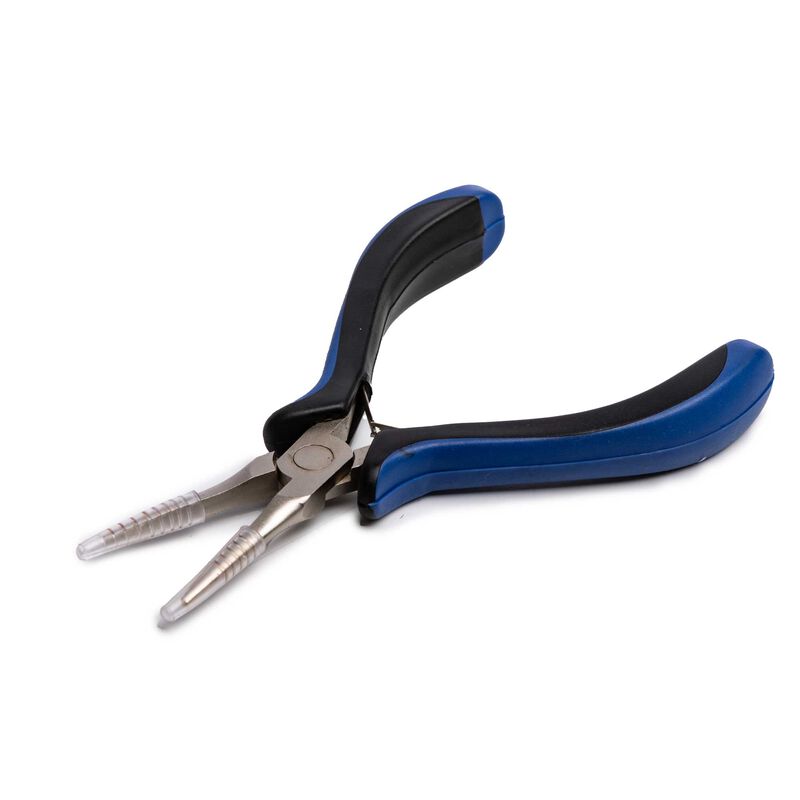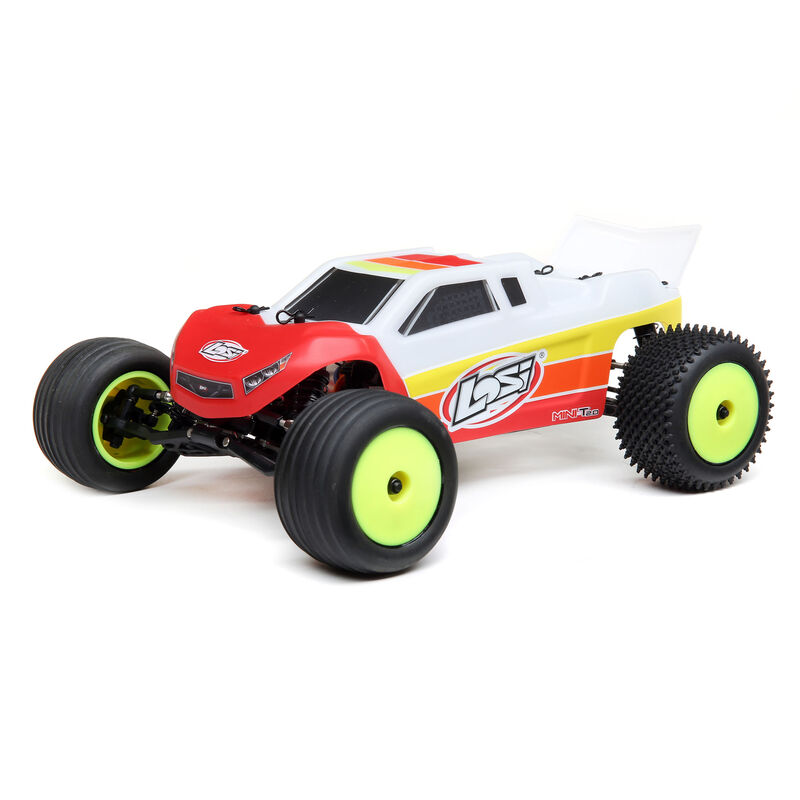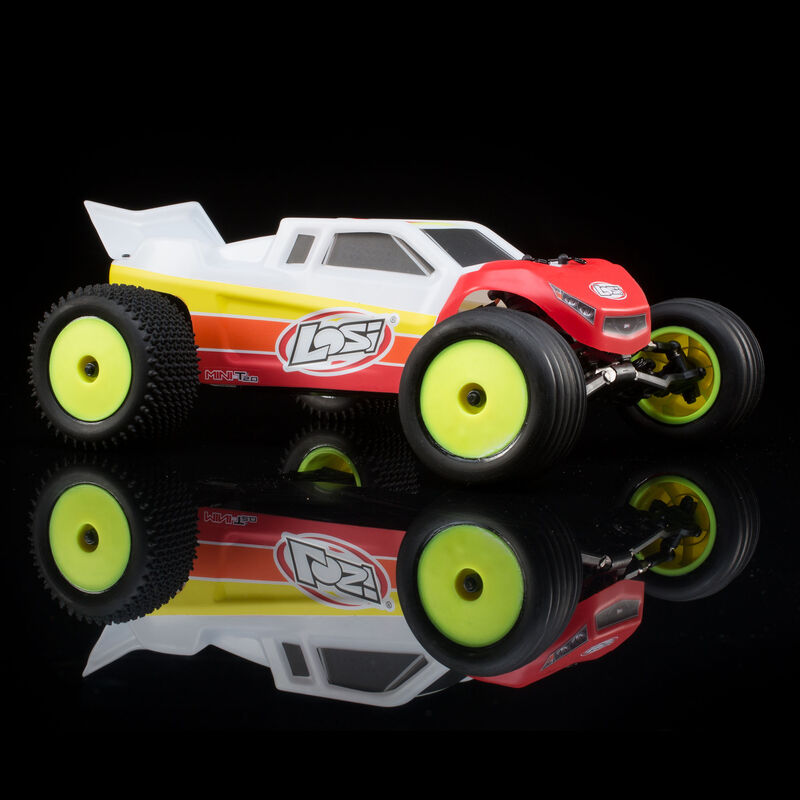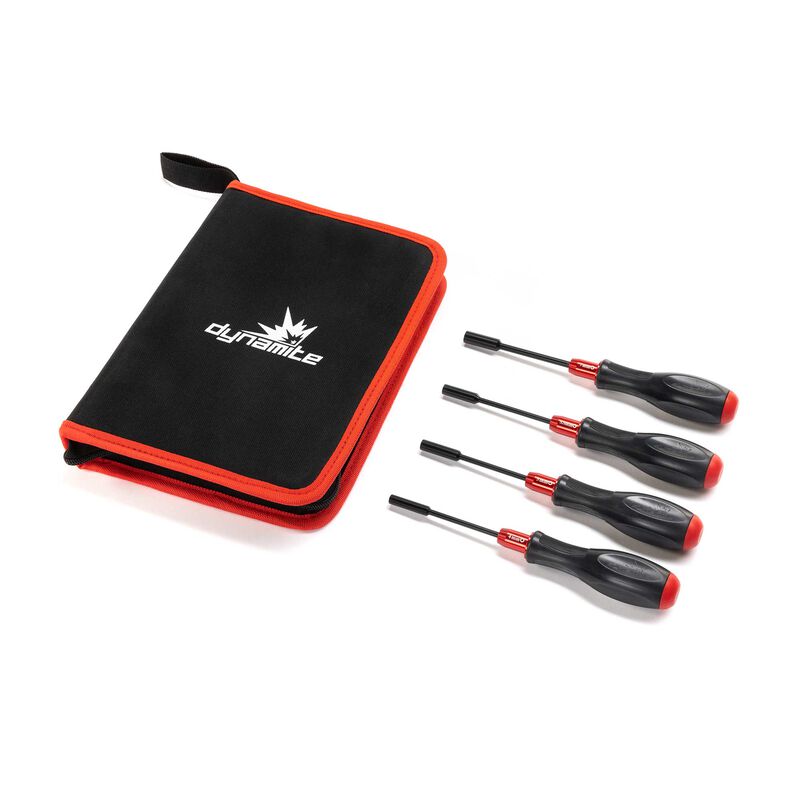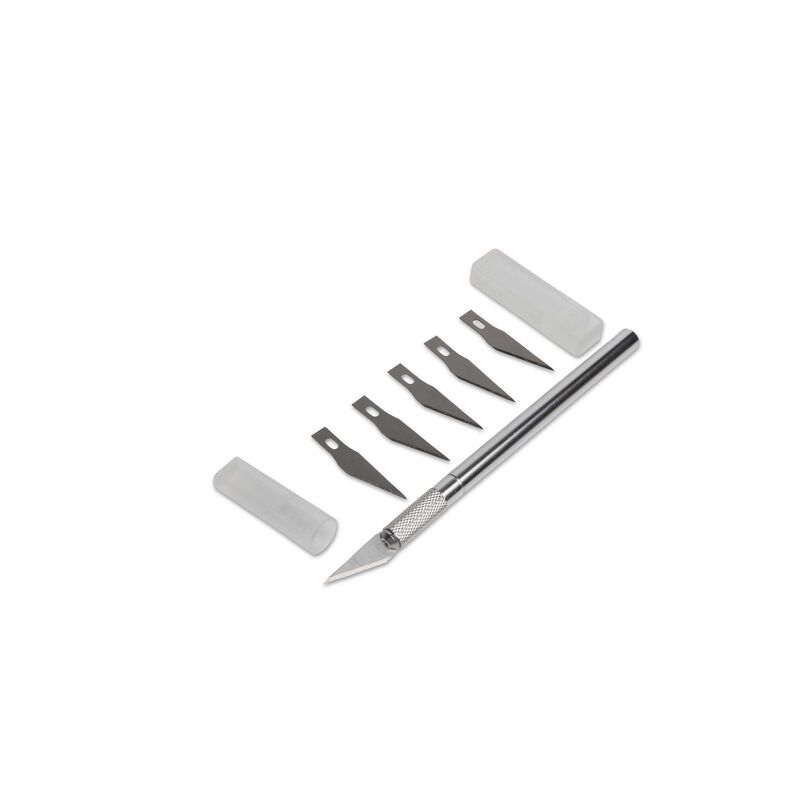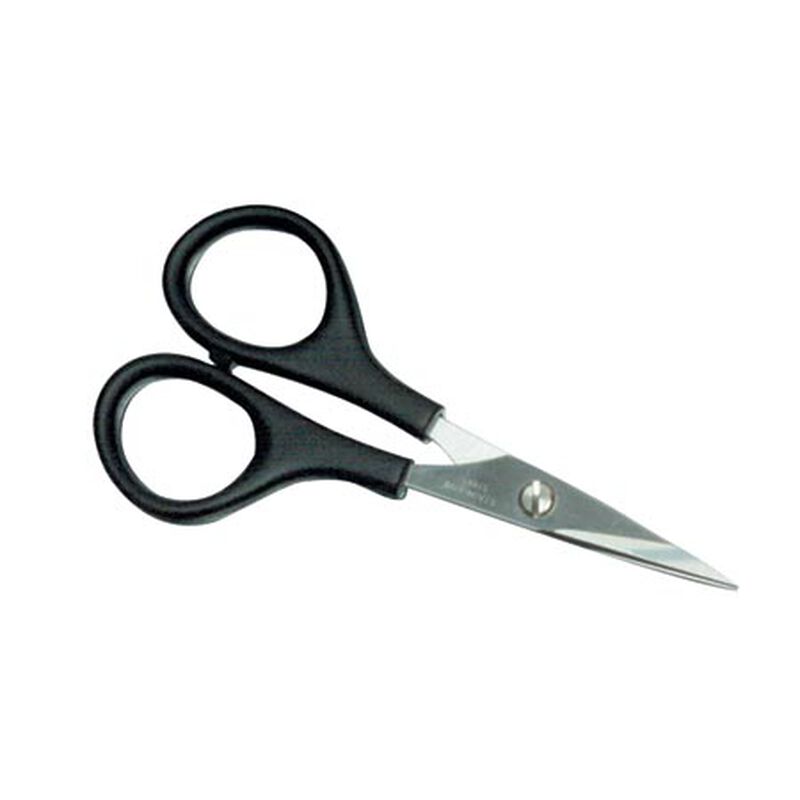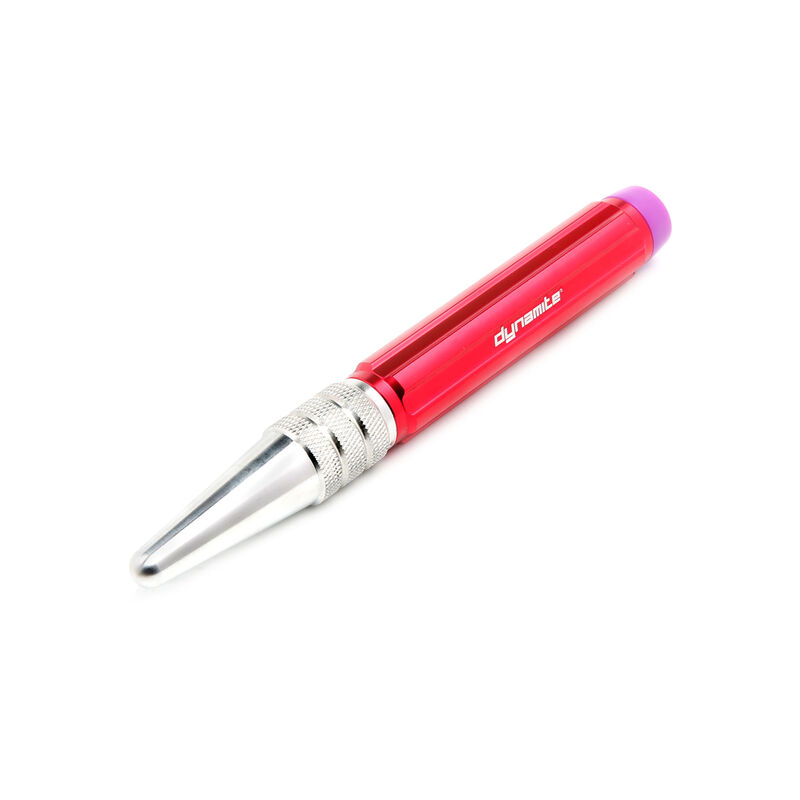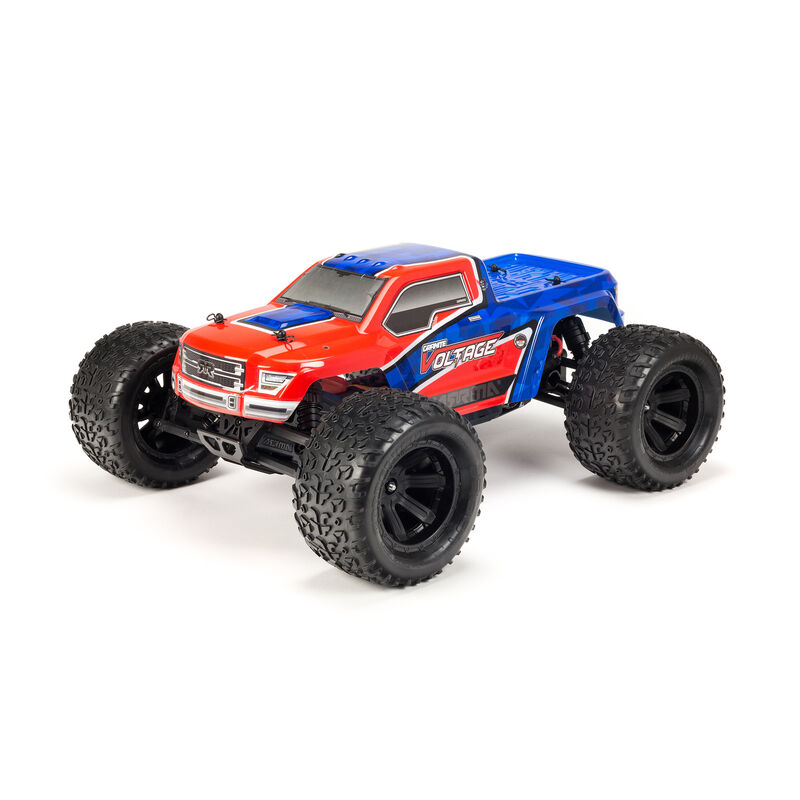Posted: 10/12/23
Choosing Your First RC Car: A Quick-Start Guide
Buying your first RC car can be a tough and time-consuming decision when you discover how many choices are available. Volumes of advice have been written on the subject that you can study if you want. But if you’re like many new hobbyists, you’re pretty eager to get out and get driving. So here’s a handy quick-start guide to choosing your first RC car if you’d like to have one ASAP. We’ll begin with what seems like an obvious question. What kind of RC driver do you want to be?
Some radio control hobby beginners know only that they want their first RC car to be fast. Most hobby-quality remote control cars will go about 30 miles per hour or more. That’s much faster than it sounds when you’re an inexperienced RC driver at the wheel. It’s certainly more than enough speed to have fun with your first RC car.
Instead of immediately focusing on how fast it will go, start looking for your first RC car by asking, “Am I a basher or am I a racer?” If you’re a basher, you want a remote control car that you can run for fun whether you’re with friends or alone. You want to send it onto rough terrain, test its limits, and maybe even deliberately try to break it so you can rebuild it stronger. If you’re a racer, on the other hand, what you want most is to compete with others and win — just like real race car drivers.
RC race cars, of course, are designed with the priority on speed. Their manufacturers will often sacrifice the durability needed to survive crashes in order to lower weight and enable the car to go faster. Winning also comes at a price. The most competitive RC race cars can be quite expensive.
Basher remote control cars make great first RC cars specifically because they’re affordable and are built to take a beating. For most people looking for their first RC car, it’s best to start with one made for bashing.
Easy decisions about your first RC car
Because this is a quick-start guide to selecting your first RC car, we’ll now assume you’re buying a basher. It’s simple from here, right? Well, yes and no. There are more decisions to make about your first RC car, but we can provide some good recommendations that will quickly narrow down your choices.
What size should your first remote control car be? There are tiny mini RC cars that you can drive indoors, on up to huge and pricey 1/5 scale RC vehicles. So let’s make it easy. The most common size for radio control cars is 1/10 scale, which are about 1/10 the size of a real car. That’s big enough for realistic looks and performance without costing you an arm and a leg. Also, because 1/10 scale is so popular, it’s easy to find replacement tires and parts whenever you need them.
Because we’re assuming you want your first RC car to provide a quick entry into the hobby, the next question answers itself. Should you build an RC car kit or buy a ready-to-run RC car? Get the factory-built RTR. Kits have their advantages, but with an RTR, you’ll be driving an RC car within a few hours that you know is reliable and well-made.
You’ve decided that your first RC car will be a basher, so the choice of on-road or off-road vehicle is also already made. Bashers are all-road or off-road RC vehicles. An on-road RC car performs well only on very smooth surfaces like asphalt or pavement. You’ll be able to run your RC basher almost anywhere. If you want to jump it over rocks or rip into the dirt, you can.
Like real vehicles, remote control cars are available with 2-wheel-drive (2WD) or 4-wheel-drive (4WD) drivetrains. There are fewer parts on a 2WD chassis, and therefore less to potentially go wrong from a mechanical standpoint. But just as with real cars, a 4WD RC car is easier to handle and better at getting through rough terrain. A 4WD vehicle makes a better first RC car.
So it looks like your best choice in a first RC car is probably a ready-to-run 1/10 scale 4WD off-road basher. If you’d like more information on these criteria, check out our “What Is the Best Beginner RC Car?” blog. Now, there’s one more thing to consider.
One great example of an RTR 1/10 scale basher is the ARRMA GORGON. Ready to run, affordable to own, and easy to upgrade, it also comes with a Spektrum™ Smart NiMH battery and Smart USB charger for safe, simple charging.
If your're looking for a smaller RTR vehicle to use indoors and out the Losi Mini-T and Losi Mini-T Brushless are two popular options. They feature a mid-motor configuration for better balance, oil filled shocks, aluminum chassis, and a full range of option parts all in a total ready-to-run package.
Your first RC car should be an electric
That’s right. Your first RC car should be electric-powered.
Some RC cars and trucks use miniature internal combustion engines that are fueled by a special blend of nitromethane, methanol, and oil. These “nitro” RC vehicles are undeniably realistic. They’re also noisy, smelly, expensive, and needy, requiring constant cleanup and maintenance.
By comparison, operating an electric RC car is a piece of cake. Just charge the battery, plug it in, and flick a switch. Battery and electric motor technology has advanced so much in recent years that electric RC cars can go even faster than nitro RC cars, with nearly as much uninterrupted run time. If you can afford a first RC car with a brushless motor, go for it. Brushed motors are more common in beginner RTR RC cars, but brushless motors are more efficient, powerful, and reliable.
Choosing batteries for your first RC car
Even when buying a ready-to-run RC car, check its requirements to make sure everything you’ll need is included. Some come with a battery and charger, but some don’t. The RC car’s package or catalog description will recommend a specific battery if one’s not supplied.
You may have the option of using an economical nickel-metal hydride (NiMH) battery in your first RC car. But the more expensive lithium polymer (LiPo) batteries are becoming much more popular with experienced RC hobbyists. Although they cost more than NiMH packs, they can hold more energy in a smaller and lighter size.
Frankly, for quick start purposes, we recommend buying a first RC car that comes with a battery. If you want to have a spare battery on hand, then just get another of the same type. The battery and charging technology used in RC can get pretty complicated. Before investing in high-end equipment, it’s best to learn as much as you can and choose items that you might also want to use with your second and third RC cars.
Recommended tools for first RC car maintenance
Most RC car kits and even ready-to-run RC cars come with a few essential tools for final assembly, tuning, and maintenance. These tools will probably be enough to get your first RC car ready for action. Eventually, however, you’ll need to replace a part. Or you might decide to get a new body, change the wheels, or upgrade some plastic components with metal for added durability.
Every job is easier with the right tool to do it. So after you buy your first RC car, think about putting together your first RC toolbox. You won’t need all of the following items right away, but over time, you’ll be glad to have them on hand.
Hex drivers: Most radio control cars are put together with metric hardware. With a set of 1.5, 2.0, 2.5, and 3.0mm drivers, you’ll be prepared to turn every screw and bolt.
Nut drivers: Some RC cars include a 4-way wrench to fit the various nuts on the model, but it’s often handier to have nut drivers for the most frequently used sizes (7mm and 5.5mm).
Slip-joint and needle-nose pliers: Remote control cars have a LOT of small parts. It’s much easier to handle them with pliers than with your fingers.
Curved Lexan scissors: Nothing’s better for trimming RC car bodies or cutting decals and stickers.
Hobby knife: A sharp hobby knife will be great not just for cutting, but also to dig dirt out of tight areas (and for many other uses).
Body reamer: Changing body styles on your first RC car for a fresh look? There’s no faster or easier way to make mounting holes in the new body shell than with a body reamer.
You don’t necessarily have to follow the advice in this article to find the best first RC car for you. Especially if you have access to help from an experienced RC hobbyist, you can succeed with almost any type of RC vehicle. But if you just can’t wait to hit the throttle, these basic tips will get you on your way quickly while looking like a pro!
